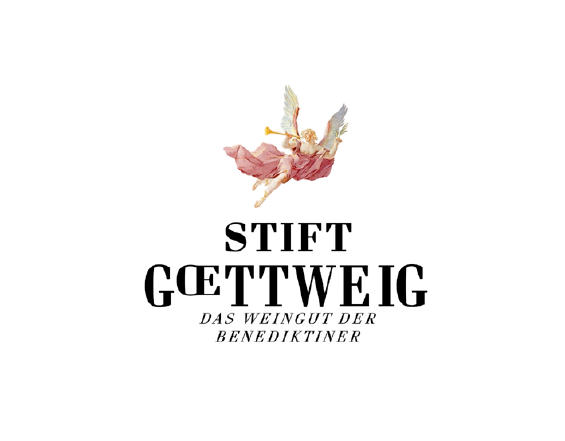




Single Vineyards
THE VINEYARD SITES
Single Vineyards
THE VINEYARD SITES
The Göttweiger Berg – as it has been known since 1083 AD – benefits remarkably from a number of various microclimatic influences. Here, vegetation breathes the cool, soft and spicy atmospheric currents emanating from the Dunkelsteiner Wood as well as the warm Pannonian air – all balanced with the natural humidity of the Danube region. There also are several geologic variants, ranging from gravel and sand, loess and loam to weathered primeval rock – all of which bring, along with the various grape varieties, a plethora of expressive nuances to the wines.

Gottschelle
Ried Gottschelle
Gottschelle
Ried Gottschelle
The origin of the name Gottschelle cannot be clearly determined, but it is assumed that it comes from the Alpine regions, where ‘Goetschen’ describes the pointed protrusion of a mountain crest. (Documentation: 1341, ‘Gotschalich’, from the book about the market-town Furth, near Göttweig, by Franz Resch, Furth 1985).
Gravel and weathered sediments form a base supporting massive loess formations, which provide highly favourable conditions for optimal development of the Veltliner. The vines here are between 15 and 35 years old, and yield concentrated wines with excellent potential for cellaring. The Grüner Veltliner ‘Gottschelle’ is a regionally typical wine with remarkable character.

Silberbichl
Ried Silberbichl
Silberbichl
Ried Silberbichl
The Silberbichl is a broad terraced vineyard seated above the Danube River, comprised of ‘old Danube’ gravel and weathered stone, covered with loess. This vineyard site was documented as early as 1562. The name Silber (silver) probably comes from the shimmering Glimmerschiefer (mica-schist) – found here in large pieces – and Bichl is a variant of Bühel, a hill. This southeast-facing site lies within the boundaries of the winegrowing region Wachau. Riesling is planted here; it is ideally suited to the soil in this site.

Pfaffenberg
Ried Pfaffenberg
Pfaffenberg
Ried Pfaffenberg
Steep terraced site, with south to southeast exposure; situated very close to the Danube River, and thus quite open to the wind and to temperature swings. The rocky subsoil consists of crystalline stone, of Urgestein – primeval rock – such as Gföhler gneiss, mica schist and pockets of amphibolite. The soils are correspondingly stony, hard, and for the most part without limestone.
